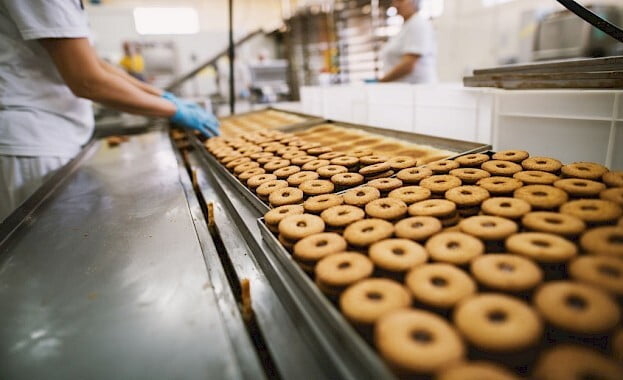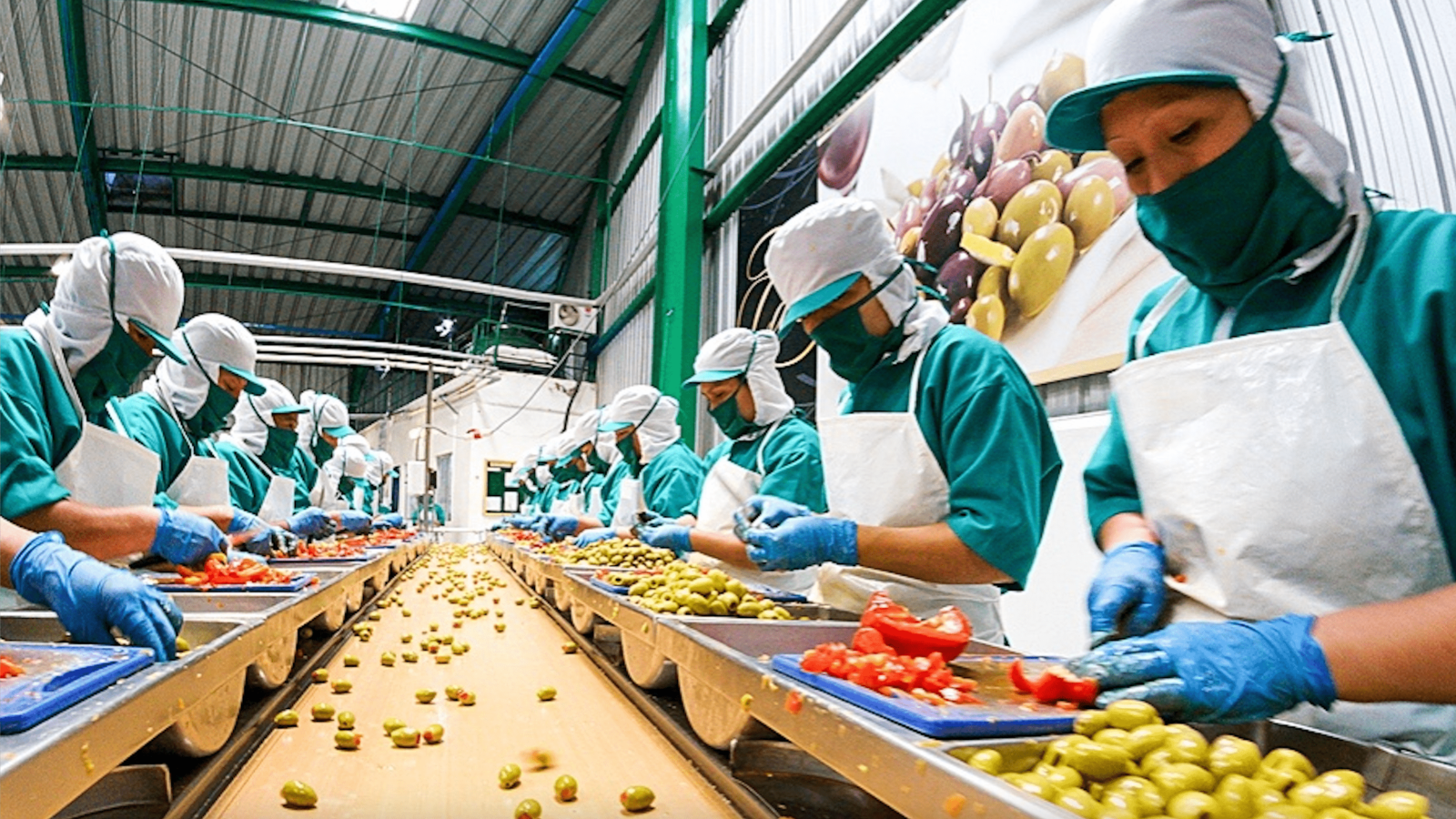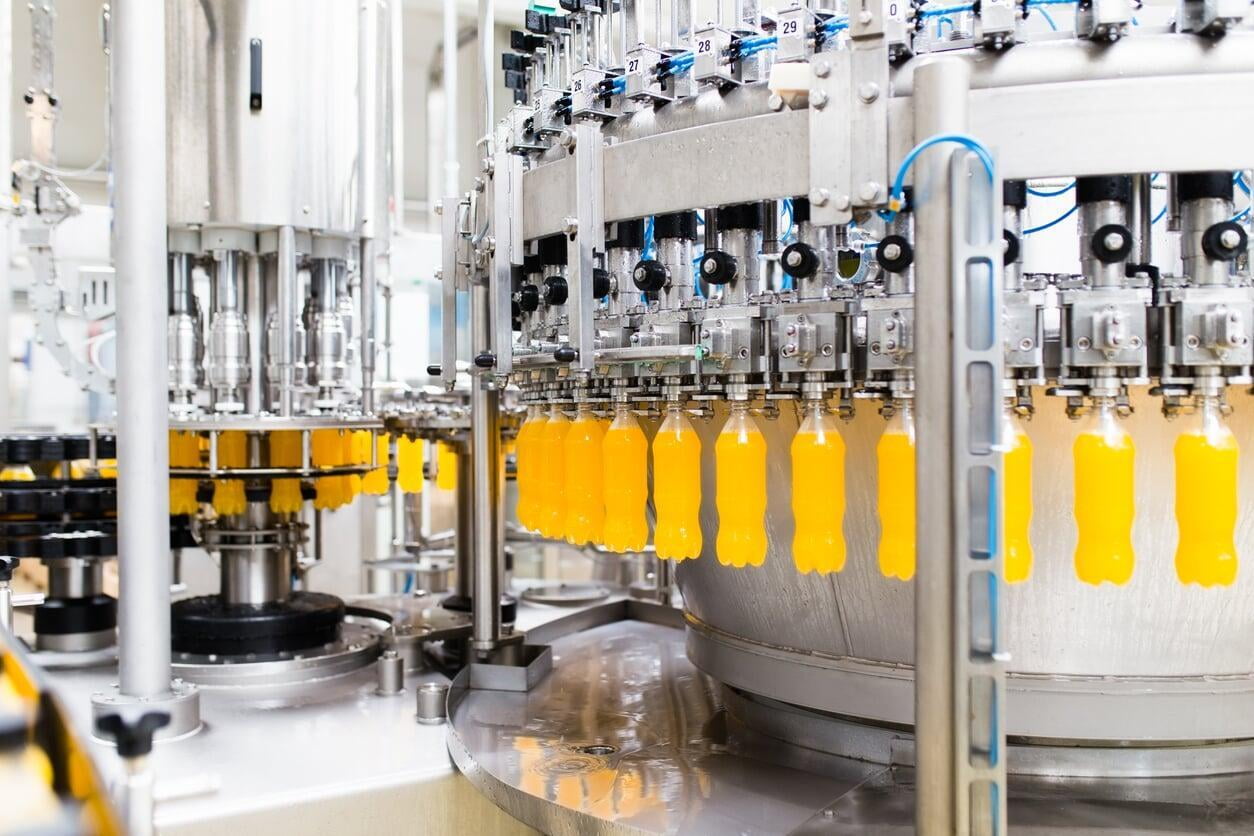Food & Beverage Industry
Food has been processed for nearly as long as it has been used. In early times, humans used to dry or smoke meat or other foodstuffs in order to preserve it for longer periods of time. Salt preservation was also very common in the diet of sailors and soldiers during those times. Food processing essentially remained unchanged until the 19th century with the invention of canning by Nicholas Appert and pasteurization by Louis Pasteur. Both of these innovations changed the way that food was processed into longer-lasting food product that was canned or bottled.
The global food and beverages industry is made up of many segments, including groceries, oils and fats, food additives, functional foods and beverages, packaged foods, health and natural foods, canned food, baked food, baby food, animal food, soft drinks, alcoholic drinks, energy drinks, and packaging.
The industry is driven by consumer demand for more nutritious food & better packaging, which also spurs technological advances in the field. Today, pasteurisation, high-pressure processing, UV treatment, & nanotechnology are influencing the industry.
The growth of the food and beverages industry is propelled mainly by developing countries such as India, China, and Brazil, as the economies of these nations improve and more people are lifted into the middle class.

F&B industry in India
F&B industry in India
The food processing sector has various sectors including consumer foods (snacks, beverages, etc.), dairy, meat and poultry, fish, grains and cereals, and fruits and vegetables. Fruits and vegetables and meat and poultry take the lion’s share of about 40 percent of the total household consumption.

Food Processing
Food Processing
The food processing sector has various sectors including consumer foods (snacks, beverages, etc.), dairy, meat and poultry, fish, grains and cereals, and fruits and vegetables. Fruits and vegetables and meat and poultry take the lion’s share of about 40 percent of the total household consumption.

Food Processing Equipment
Food Processing Equipment
This industry uses a huge variety of specialized equipment to turn raw food into food products at scale. Because there are so many different types of food processing, the machines involved can place very different operational stresses on bearings and similar components.
Some of these machines are run almost 24/7: that’s the only way to maximize production in this high-volume industry. This means stoppages for maintenance, critical failures, and contamination problems all represent serious threats to efficient production to meet all orders in time. In this context, it’s very important to carefully match component materials to their prospective environment.

